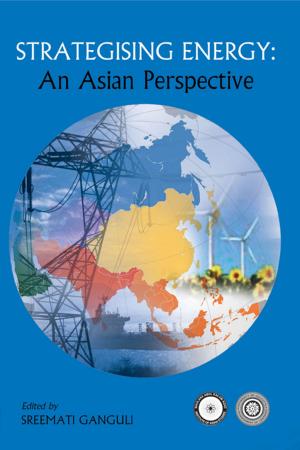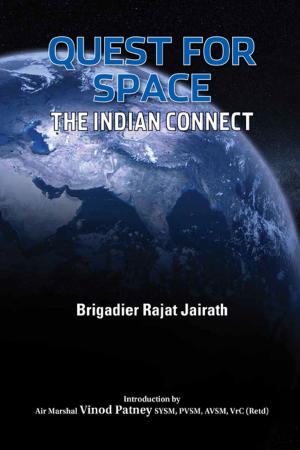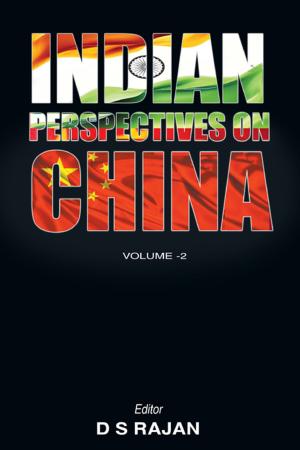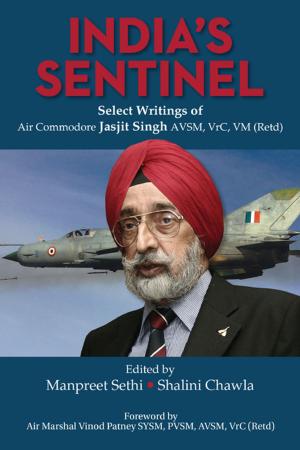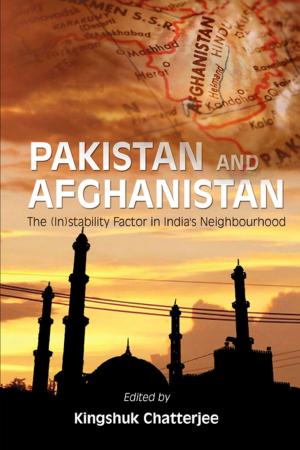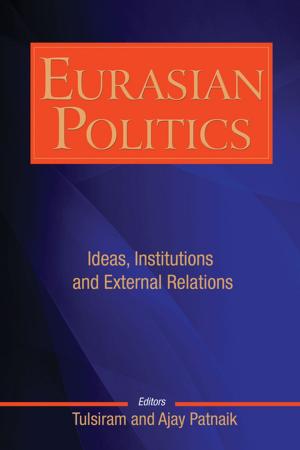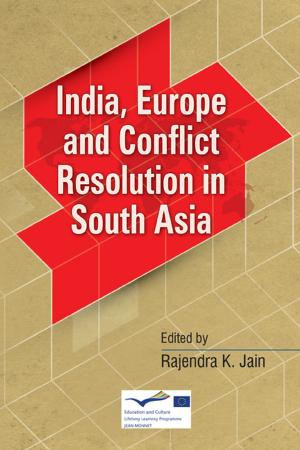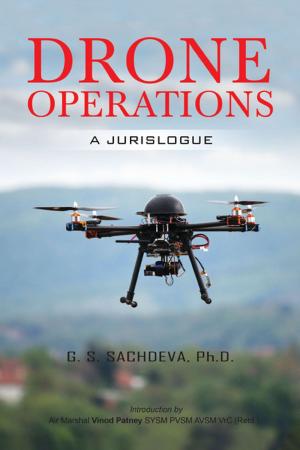The Rise of Indian Military Power: Evolution of an Indian Strategic Culture
Evolution of an Indian Strategic Culture
| Author: | Major General G D Bakshi | ISBN: | 9789385714078 |
| Publisher: | KW Publishers | Publication: | July 15, 2015 |
| Imprint: | KW Publishers | Language: | English |
| Author: | Major General G D Bakshi |
| ISBN: | 9789385714078 |
| Publisher: | KW Publishers |
| Publication: | July 15, 2015 |
| Imprint: | KW Publishers |
| Language: | English |
This is a monumental & epic work on India’s Military History. It seeks to answer the seminal question – ‘Is there an Indian Way of War-fighting and an Indian Strategic Culture?’ The author has traced the history of war-fighting in India from the Vedic & Mahabharatan period to the Mauryan & Mughal Eras and thereafter the British Period. It is a comprehensive audit of India’s combat performance in the ancient, medieval, modern and post-modern periods of Indian history. The focus of this work however, is on India’s Post-independence Military History. The author has analysed each of India’s wars with China & Pakistan as also its CI and CT campaigns in meticulous detail, to draw lessons for the future. The path-breaking contribution is the author’s thesis that there have been three local Revolutions in Military Affairs (RMAs) in India, which shaped the course & flow of her history. Each of these RMAs helped to unify India under a great Empire and transformed it from a civilisational entity to a strong empire state. The first was the Mauryan RMA of using War Elephants in mass to generate shock & awe. This politically unified the whole of India and Afghanistan for the first time. The next RMA came with the Mughals who introduced Field Artillery, Muskets and Horsed Cavalry Archers with stirrups and cross bows. The Mughal horsed cavalry and artillery helped spawn the mighty Mughal Empire. The Third RMA came with the British who raised local Infantry Battalions on the European Pattern and drilled them to shoot in disciplined rhythms, to defeat all cavalry charges. This Infantry-based RMA helped establish the British Empire in India. The present Republic is a successor entity of the British Empire. The author has traced the evolution of India’s Strategic Culture to the Arthashastra of Kautilya. The surprise finding is that in the 1971 War – India unconsciously returned to this Kautilyan paradigm of using information dominance, covert war and Shock- Action military campaigns to defeat its adversaries. In the post-independence phase he traces the evolution of India’s war-fighting from the tactical phase of 1947-1962 when India’s capacity was confined to use of 2-3 Divisions alone. The 1965 War saw the graduation to the level of Operational Art, wherein 12 Divisions and a bulk of the Indian Air Force (IAF) saw active combat. The apogee came in 1971 – when India fought a brilliant, Quasi-Total, Tri-Service Campaign that broke Pakistan into two, put 93,000 prisoners of war in the bag and for the first time after the Second World War, created a new nation state with the Force of Arms. He traces the impact of nuclearisation on South Asia and prognosticates about the Future. The time has come, he asserts, for India to create a Fourth RMA in South Asia; and decisively shape outcomes. For this, economic power must be rapidly converted into usable military power. India must field dominant war fighting capabilities in South Asia.
This is a monumental & epic work on India’s Military History. It seeks to answer the seminal question – ‘Is there an Indian Way of War-fighting and an Indian Strategic Culture?’ The author has traced the history of war-fighting in India from the Vedic & Mahabharatan period to the Mauryan & Mughal Eras and thereafter the British Period. It is a comprehensive audit of India’s combat performance in the ancient, medieval, modern and post-modern periods of Indian history. The focus of this work however, is on India’s Post-independence Military History. The author has analysed each of India’s wars with China & Pakistan as also its CI and CT campaigns in meticulous detail, to draw lessons for the future. The path-breaking contribution is the author’s thesis that there have been three local Revolutions in Military Affairs (RMAs) in India, which shaped the course & flow of her history. Each of these RMAs helped to unify India under a great Empire and transformed it from a civilisational entity to a strong empire state. The first was the Mauryan RMA of using War Elephants in mass to generate shock & awe. This politically unified the whole of India and Afghanistan for the first time. The next RMA came with the Mughals who introduced Field Artillery, Muskets and Horsed Cavalry Archers with stirrups and cross bows. The Mughal horsed cavalry and artillery helped spawn the mighty Mughal Empire. The Third RMA came with the British who raised local Infantry Battalions on the European Pattern and drilled them to shoot in disciplined rhythms, to defeat all cavalry charges. This Infantry-based RMA helped establish the British Empire in India. The present Republic is a successor entity of the British Empire. The author has traced the evolution of India’s Strategic Culture to the Arthashastra of Kautilya. The surprise finding is that in the 1971 War – India unconsciously returned to this Kautilyan paradigm of using information dominance, covert war and Shock- Action military campaigns to defeat its adversaries. In the post-independence phase he traces the evolution of India’s war-fighting from the tactical phase of 1947-1962 when India’s capacity was confined to use of 2-3 Divisions alone. The 1965 War saw the graduation to the level of Operational Art, wherein 12 Divisions and a bulk of the Indian Air Force (IAF) saw active combat. The apogee came in 1971 – when India fought a brilliant, Quasi-Total, Tri-Service Campaign that broke Pakistan into two, put 93,000 prisoners of war in the bag and for the first time after the Second World War, created a new nation state with the Force of Arms. He traces the impact of nuclearisation on South Asia and prognosticates about the Future. The time has come, he asserts, for India to create a Fourth RMA in South Asia; and decisively shape outcomes. For this, economic power must be rapidly converted into usable military power. India must field dominant war fighting capabilities in South Asia.


